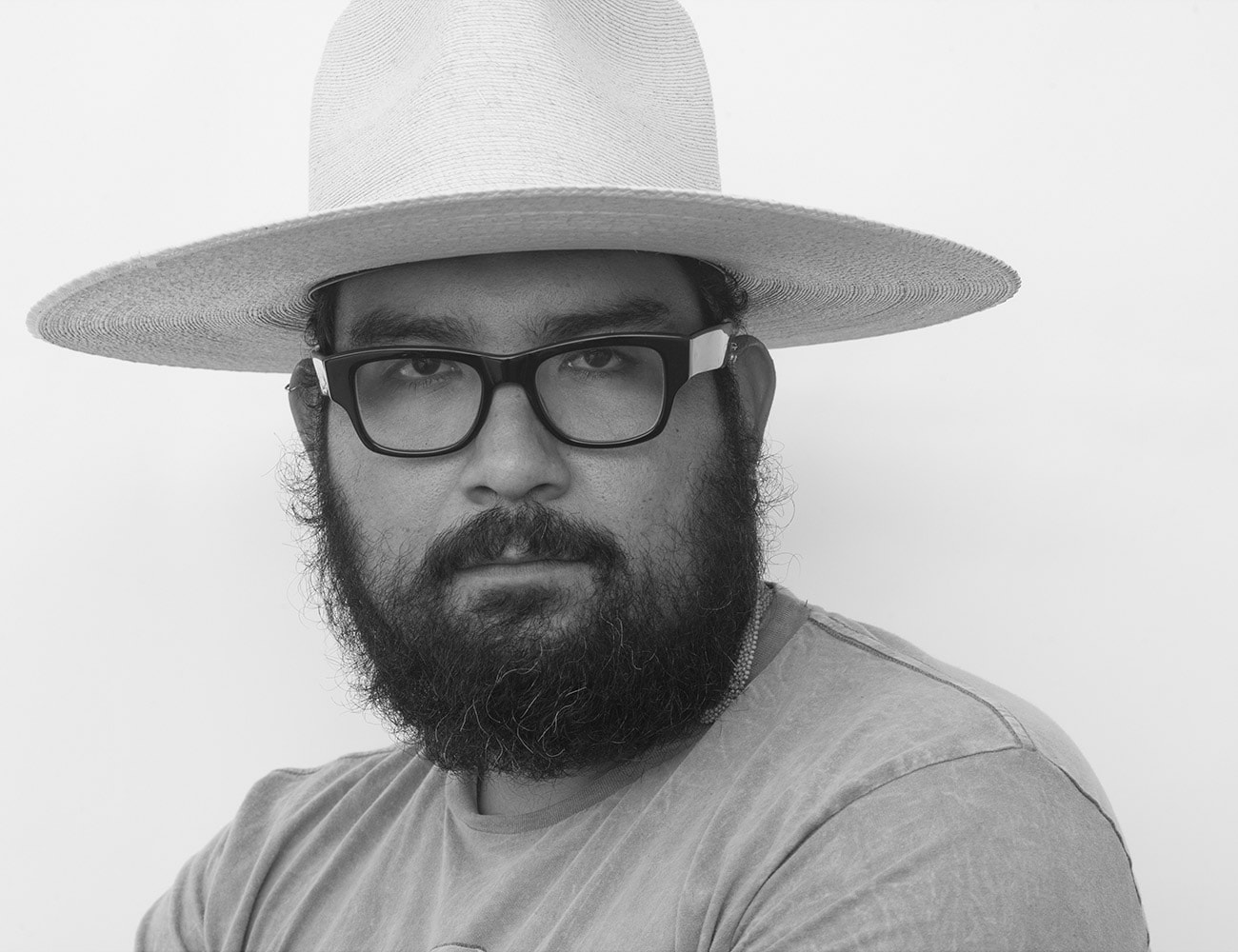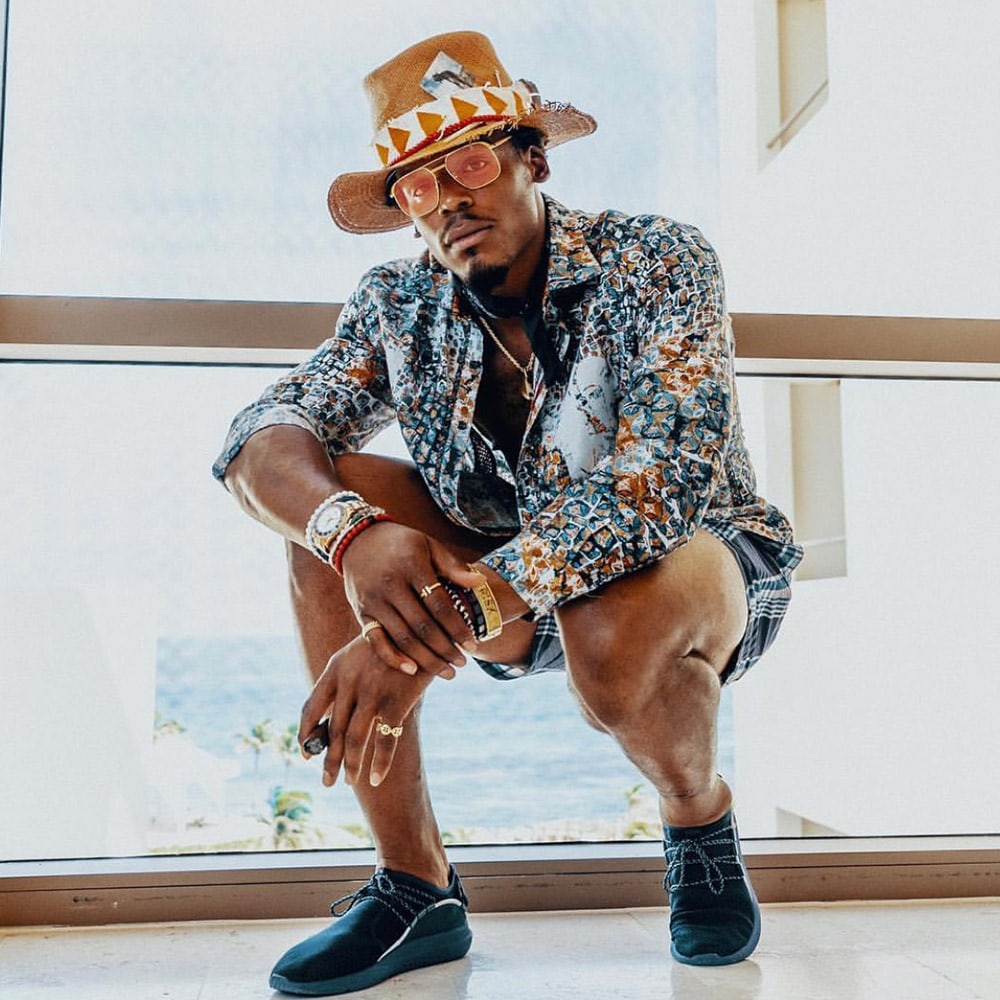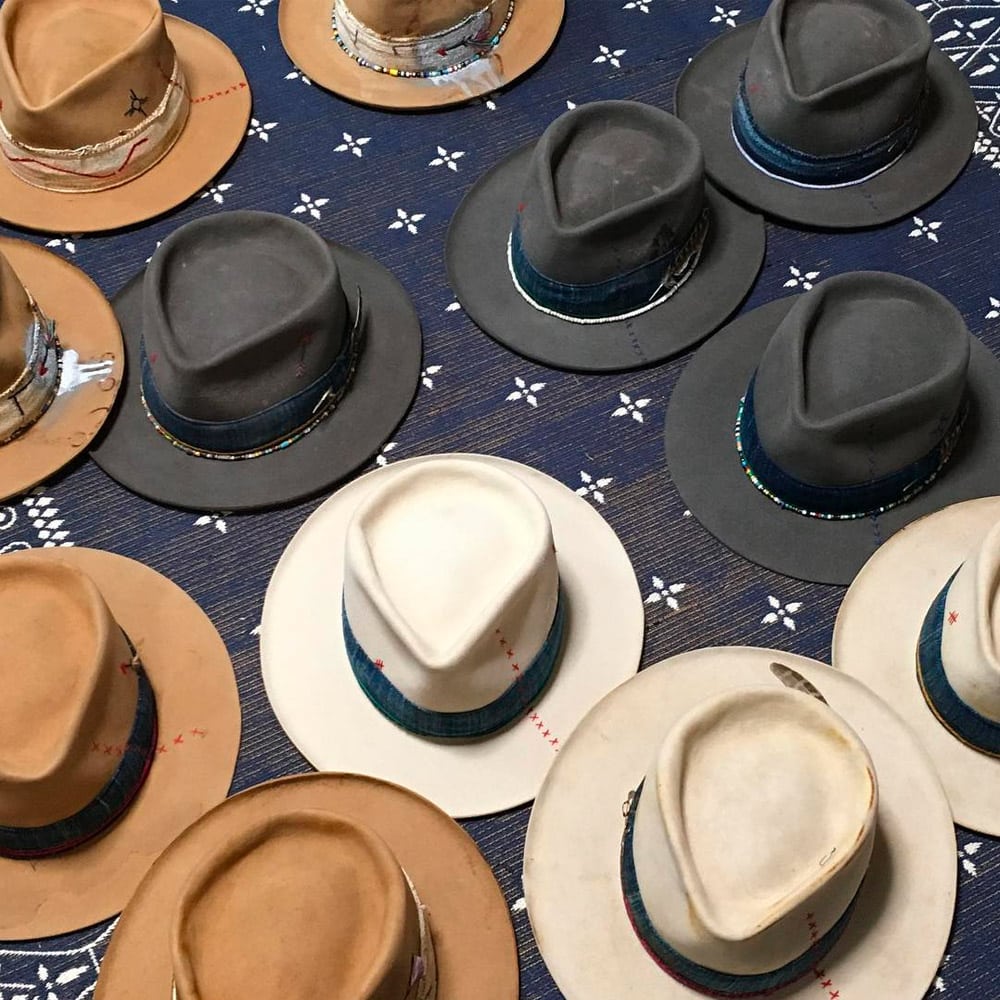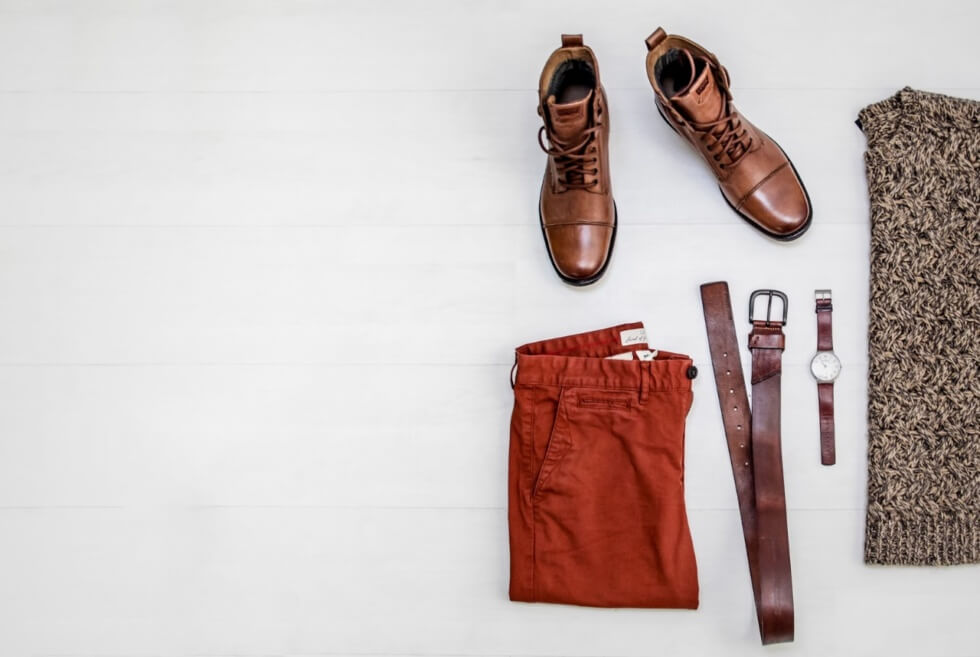It wouldn’t be unreasonable to assume that you’ve seen hats crafted by Alberto Hernandez. Over the last decade, the 28-year-old Los Angeles denizen has become one of the most influential hatmakers in America, producing hats for movies, celebrities and countless clients across the world. “I’ll be honest,” Hernandez admitted. “I’ve made over 10,000 hats myself.” Interestingly enough, that incredible number was produced mostly under the radar, stamped with the names of a couple notable California brands. But this summer, Hernandez struck out on his own and founded Meshika, offering both stock and custom hats.
Long before Hernandez had a Rolodex of A-list clients, he was surrounded by a different type of hatmaking. Both his father and grandfather made western cowboy hats and sombreros charros in Guanajuato, Mexico, where Hernandez was born. “It was beautiful growing up around hats in my house,” he said. And though he didn’t initially have any interest in pursuing the craft himself, his feelings changed after watching The Good, the Bad and the Ugly when he was 14. Hernandez was captivated by the worn-in character of the western hats worn by Clint Eastwood. He asked his father about making hats like that in the family workshop but learned it was a near impossibility. “He told me, ‘It’s too difficult, son. All those hats come from the U.S. They’re beaver felt or rabbit felt and it’s very difficult to get for us,’” Hernandez said.

“Right now for me, it’s very important just to inspire young people and be creative,” Hernandez said.
Those western hats continued to fascinate Hernandez, so he immigrated to the United States in 2006 and became an apprentice at Baron Hats in Burbank, a company making modern replica hats for Hollywood movies. It was there, under the tutelage of a master hatter, that Hernandez learned to make hats as he saw in The Good, the Bad and the Ugly. “I learned everything that I know now there: the hand shaping, the distressing, the hand blocking, the service, talking with the customer,” Hernandez said. “And [I was] also learning English because I couldn’t speak English back then — I could only speak Spanish.”
The hats that Hernandez made had character. They felt old and worn-in like they had unique stories earned over decades of wear. The hat Johnny Depp wore in Pirates of the Caribbean: Dead Man’s Chest — that was Hernandez. He also made hats for Indiana Jones and the Kingdom of the Crystal Skull and 3:10 to Yuma, among other blockbuster films. Through his apprenticeship, Hernandez learned that hatmaking was about more than just the technique. “I really got that feel, to tell a story on a hat, to get inspired by it and make cool things,” he said. It was this notion of storytelling that Hernandez took with him when he left Baron Hats. He wanted to make hats full of personality — typically only made for big-budget films — available to the public.

Carolina Panthers quarterback Cam Newton wearing a custom hat by Hernandez.
In 2013, he started working for luxury hatmaker Nick Fouquet in the Venice neighborhood of L.A. As Fouquet’s business grew, Hernandez began making hats for some of the top names in entertainment and sports including Pharrell, Madonna, David Beckham, Lady Gaga, Cam Newton and LeBron James. Along with putting his creations on the heads of some very high profile people, Hernandez gained practical experience in running a small business. But this experience affected him too, and he realized his vision was different than Fouquet’s. “I didn’t like that it was too expensive and just certain people can just buy those hats,” Hernandez said.
During his time working for Nick Fouquet, Hernandez created a set of hats that was particularly poignant. In 2017, he collaborated with Japanese brand Kapital on a limited-run of hats for its Osaka store. Hernandez was pleased with how the hats turned out and was inspired by the similarities, albeit on a different scale, between Kapital’s vision and his own. “It’s the same thing: the hand quality, they take their time, they tell a story, they support all the Japanese products and farms,” he said. “They keep it small and precious and special and beautiful. And that’s what I like — that’s what I want to make my product like.”

One-of-a-kind hats Hernandez made for Kapital on display in Osaka. Photo: Jonathan Lukacek via Instagram
So with that as a goal, Hernandez started his own brand this year and named it Meshika. The word — what Aztecs living in Mesoamerica referred to themselves as — reflects the brand’s mission. According to its site: “Each Meshika lived passionately and loved their culture and tribe. Meshika warriors fought with integrity to bravely defend their people. It is the qualities of the Meshika warriors that we apply to the culture of hat making: live confidently, passionately, and with love for your culture and tribe.”
For Hernandez, Meshika is a way to fully realize his own vision. His hats utilize top-quality materials which he sources from American producers whenever possible. Seasonal styles range from $350 to $550 (well over $700 less than ready-to-wear styles offered by his former employer), custom styles retail for $850 (made by the Meshika team) and ‘Hatter’s Choice’ styles crafted by individually by Hernandez cost $1,800. Though not inexpensive, these prices look reasonable when compared to the competition. “This company is not all about the money,” Hernandez said. “This company is about making a product for the people, so the people get to enjoy it and pass it on and keep supporting American businesses.”
At Meshika, the focus is on creativity and culture. Hernandez’s hats not only tell the story of his own journey as a craftsman, but they become part of the personal story of his clients. So when you invest in Meshika hat, you’re making a lifelong investment. “My hats, they don’t last a year. They last forever,” Hernandez said. “It’s a tradition: you can pass it on to your son or your grandson.” A traditional family craft begets another family’s heirloom. This is what Meshika is about: the confluence of tradition and craft, fair prices and creativity. And Hernandez wouldn’t have it any other way. “I’ll tell you this now,” he said. “I’m not going to stop making hats until the day I die.”


